-

email us
lisa@simplewatersofteners.com
-

Call Us
(210) 960-2555
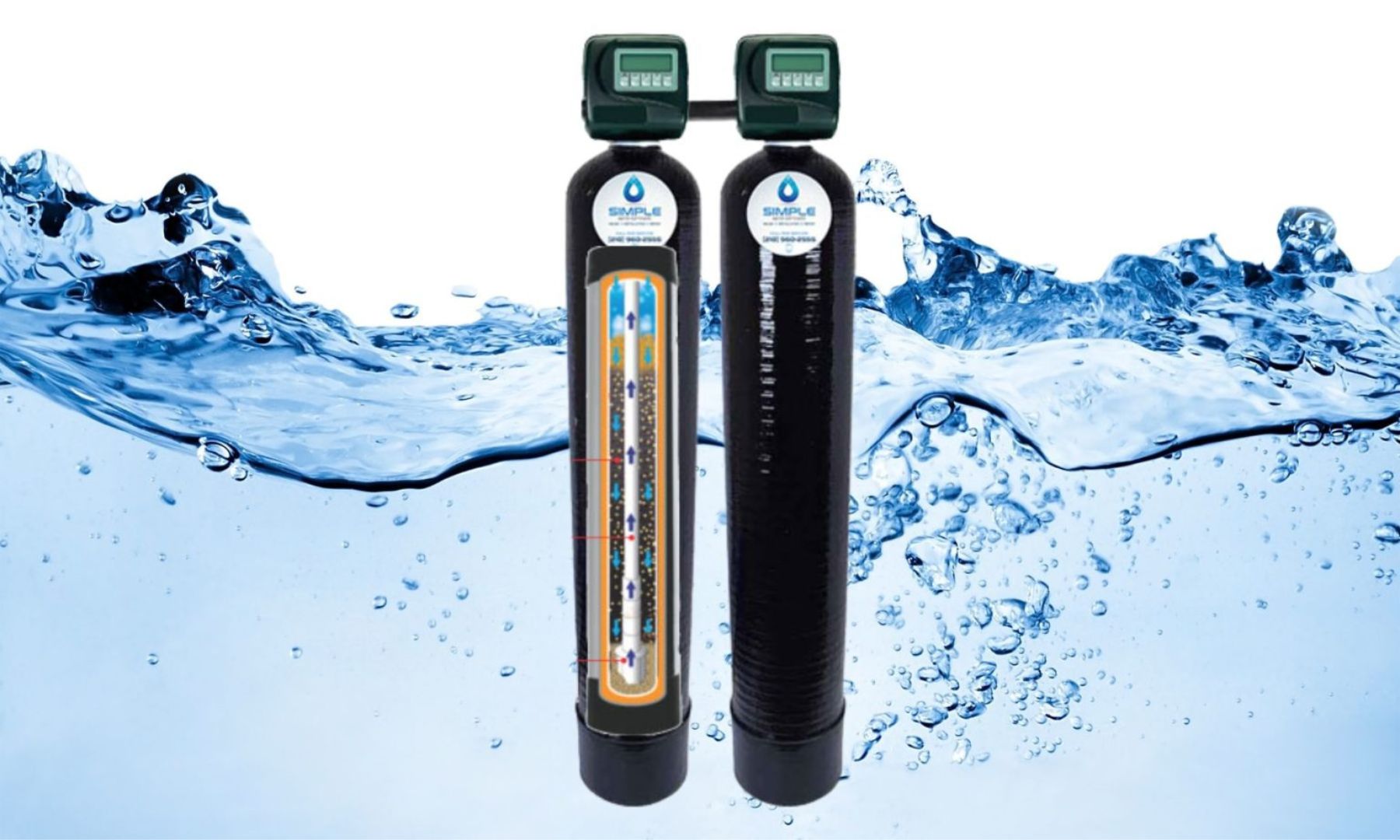
04 Sep. 2024
How Water Softeners Improve Water Quality During Drought Conditions
Drought conditions are no stranger to San Antonio residents. With the hot Texas sun bearing down, water levels can drop, and the city often faces water restrictions. During these challenging times, maintaining high water quality in your home becomes even more crucial. One of the key ways to ensure this is through the use of water softeners. In this blog post, we’ll explore how water softeners can help improve water quality during drought conditions and provide practical tips on conserving water while still benefiting from softened water.
Understanding the Impact of Hard Water During a Drought
San Antonio is known for its hard water, which contains high levels of calcium, magnesium, and other minerals. These minerals can cause a range of problems, from scaling in pipes and appliances to dry skin and dull hair. During drought conditions, these issues can be exacerbated as the mineral concentration in the water can increase due to lower water levels. This makes it even more important to have a water softener in place to help combat the effects of hard water.
How Water Softeners Improve Water Quality
Water softeners work by removing the minerals that cause hardness, resulting in softer, more manageable water. Here’s how they can be particularly beneficial during drought conditions:
- Reduced Scale Buildup: Hard water leads to scale buildup in pipes and appliances, which can reduce their efficiency and lifespan. During droughts, the water supply may have an even higher concentration of minerals, leading to more rapid scaling. A water softener helps to prevent this, ensuring your plumbing and appliances operate smoothly.
- Better Soap Efficiency: Softened water lathers better with soap, meaning you use less soap and detergent for the same cleaning effect. This is particularly useful during droughts when water conservation is key. Using less soap also means fewer chemicals are released into the environment.
- Improved Skin and Hair Health: Hard water can leave a residue on your skin and hair, causing dryness and irritation. During droughts, when water use might be limited, the last thing you need is to deal with skin and hair problems caused by hard water. A water softener helps maintain softer water, which is gentler on your skin and hair.
- Protecting Water Heaters and Other Appliances: Hard water can cause scale buildup in water heaters, making them less efficient and more expensive to operate. With water softeners, the risk of scale buildup is significantly reduced, helping your water heater run more efficiently and last longer, which is especially important during droughts when every drop counts.
Tips for Conserving Water While Using a Water Softener
While water softeners are great for improving water quality, it’s still important to be mindful of water usage, especially during droughts. Here are some tips to help you conserve water while still enjoying the benefits of softened water:
- Optimize Your Water Softener Settings: Make sure your water softener is set to the correct hardness level. Over-softening can lead to unnecessary water use during the regeneration process. Consult your owner’s manual or contact a professional to ensure your system is set up correctly.
- Fix Leaks Promptly: Even small leaks can waste a significant amount of water over time. Regularly check for and repair any leaks in your plumbing to avoid wasting softened water.
- Use Water-Efficient Fixtures: Install water-efficient showerheads, faucets, and toilets to reduce water usage without sacrificing performance. These fixtures help you conserve water while still benefiting from the comfort of softened water.
- Regenerate Your Softener During Off-Peak Hours: Schedule your water softener to regenerate during times when water demand is low, such as late at night. This reduces the strain on the local water supply during peak usage times.
- Practice Smart Landscaping: Use drought-resistant plants and efficient irrigation systems in your landscaping. This reduces the need for frequent watering and helps you conserve water.
Conclusion
Water softeners play a crucial role in maintaining water quality, especially during the drought conditions often faced by San Antonio residents. By reducing scale buildup, improving soap efficiency, and protecting appliances, water softeners help ensure that you continue to enjoy high-quality water even during dry spells. By following water conservation tips and using your water softener efficiently, you can help make the most of your water supply while still enjoying the many benefits of softened water.
If you’re ready to improve your water quality and make your home more drought-resilient, consider investing in a high-quality water softener from Simple Water Softeners. Contact us today to learn more!
- By:Lisa Bauer
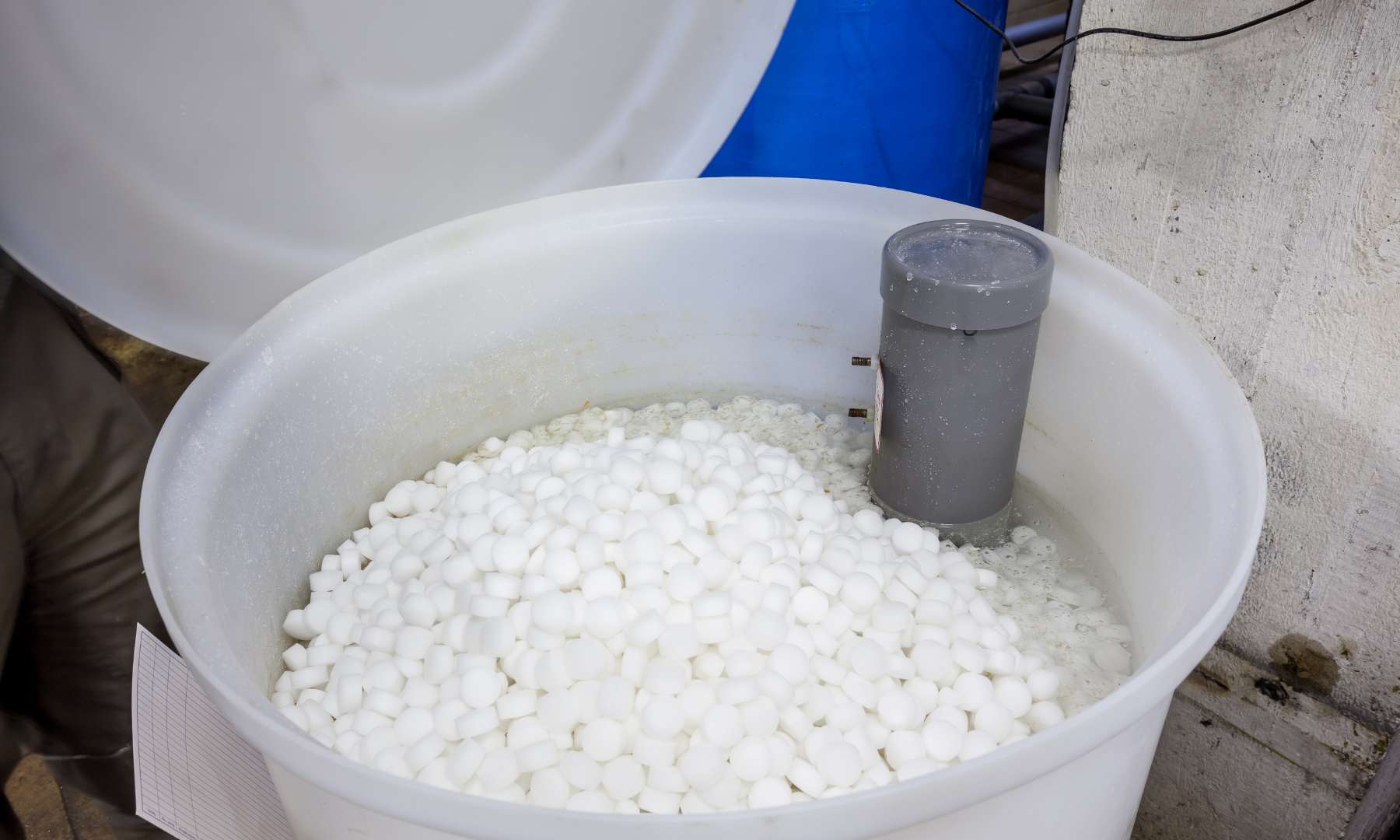
10 Jul. 2024
Most Common Issue When Your Water Softener Isn’t Working
Water softeners have become much easier to troubleshoot than in the past. While repairing a water softener can be challenging, with the right knowledge, you can fix common issues and get your system back up and running in no time.
The Most Common Issue: Salt Bridges
One of the most common issues with water softeners, especially in humid climates, is the formation of a salt bridge in the brine tank. This occurs when salt becomes hard and caked together, preventing it from dissolving properly during the regeneration cycle.
Identifying a Salt Bridge
When you add too much salt to the brine tank, the salt can harden above the water line, forming a bridge. The softener unit regenerates and washes the salt out of the bottom of the tank during the cycle, but the hardened salt above the water line doesn’t fall to the bottom. To check for a salt bridge, gently tap the outside of the tank. If it sounds hollow, a salt bridge may have formed.
Breaking Up a Salt Bridge
Most brine tanks have a plastic plate about six inches from the bottom. Be careful not to damage this plate when breaking up the salt. Here’s how you can break up a salt bridge safely:
- Use a Broomstick: Insert a broomstick or similar object into the tank and gently break up the salt. Avoid poking all the way to the bottom to prevent damaging the plastic plate.
- Hot Water Method: If the salt is particularly stubborn, pour a pitcher of very hot water around the edges of the tank. This will help dissolve the hardened salt. Then, tap around the edges to encourage the salt to fall to the bottom.
- Kick Method: Some people give the brine tank a swift kick to break up the salt bridge. Be gentle to avoid damaging the tank.
For visual learners, YouTube has several helpful videos on breaking up a salt bridge.
Why a Salt Bridge Matters
The water softener unit requires brine water (salty water) to wash the resin during regeneration. This process helps remove calcium from the resin beads, which is then washed down the drain. Without proper brine water, the unit regenerates with plain water, which does not remove calcium from the beads. Consequently, the beads remain full of calcium, and hard water continues to flow into your home.
Manual Regeneration Cycle
After breaking up a salt bridge, manually regenerate the system. Allow the salt and water to sit for about four hours to create brine water. Once regenerated, the cold water should be soft immediately, but it may take a few days for the hot water to become soft again if hard water has been an issue.
When to Call a Professional
If you do not find a salt bridge or the issue persists, it’s time to call a professional. Simple Water Softeners repairs many brands and can help diagnose and fix the problem. Give us a call at (210) 960-2555, and we’ll assist you in resolving your water softener issues.
By addressing these common problems, you can ensure your water softener operates efficiently, providing your home with the soft water it needs.
- By:Lisa Bauer
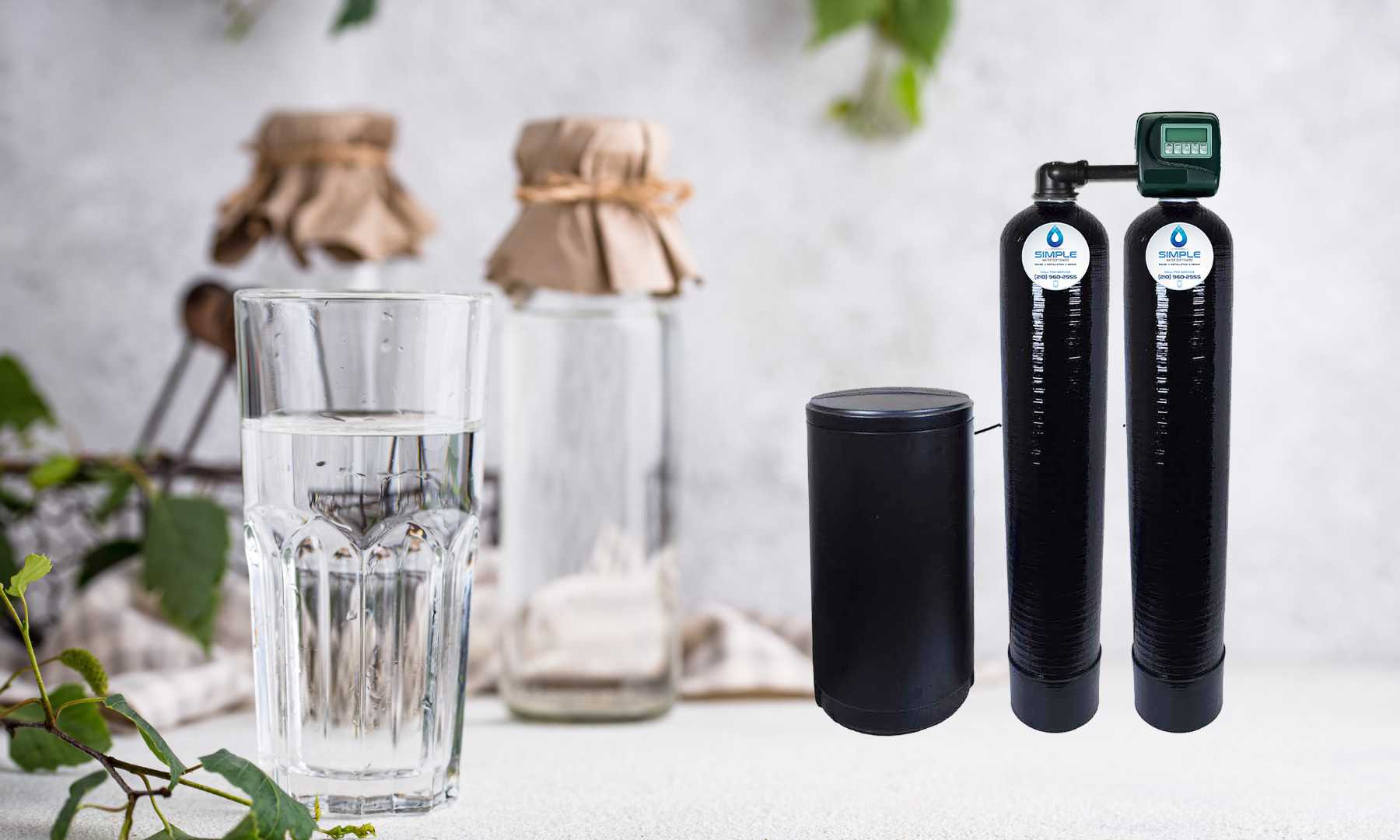
07 Mar. 2024
Spring Into Pure Water: Embrace Whole House Filtration This Season
As spring blossoms, bringing new life and freshness into the world, it’s the perfect time to reflect on the purity and quality of the water in your home. Spring symbolizes renewal and rejuvenation, and what better way to embrace this season than by ensuring your family has access to clean, safe drinking water? Whole House Filtration Systems are the cornerstone of a healthy home environment, filtering out contaminants and providing peace of mind.
- By:Lisa Bauer
24 May. 2023
Unlocking the Science Behind Reverse Osmosis Filters: A Comprehensive Guide by Simple Water Softeners

Clean, pure water is essential for our health and well-being. Reverse osmosis (RO) filters are a popular and effective solution for removing contaminants and impurities from your water supply. In this blog post, we will delve into the science behind RO filters and how they work to provide you with clean, safe drinking water, inspired by the expertise of Simple Water Softeners.
- By:Lisa Bauer
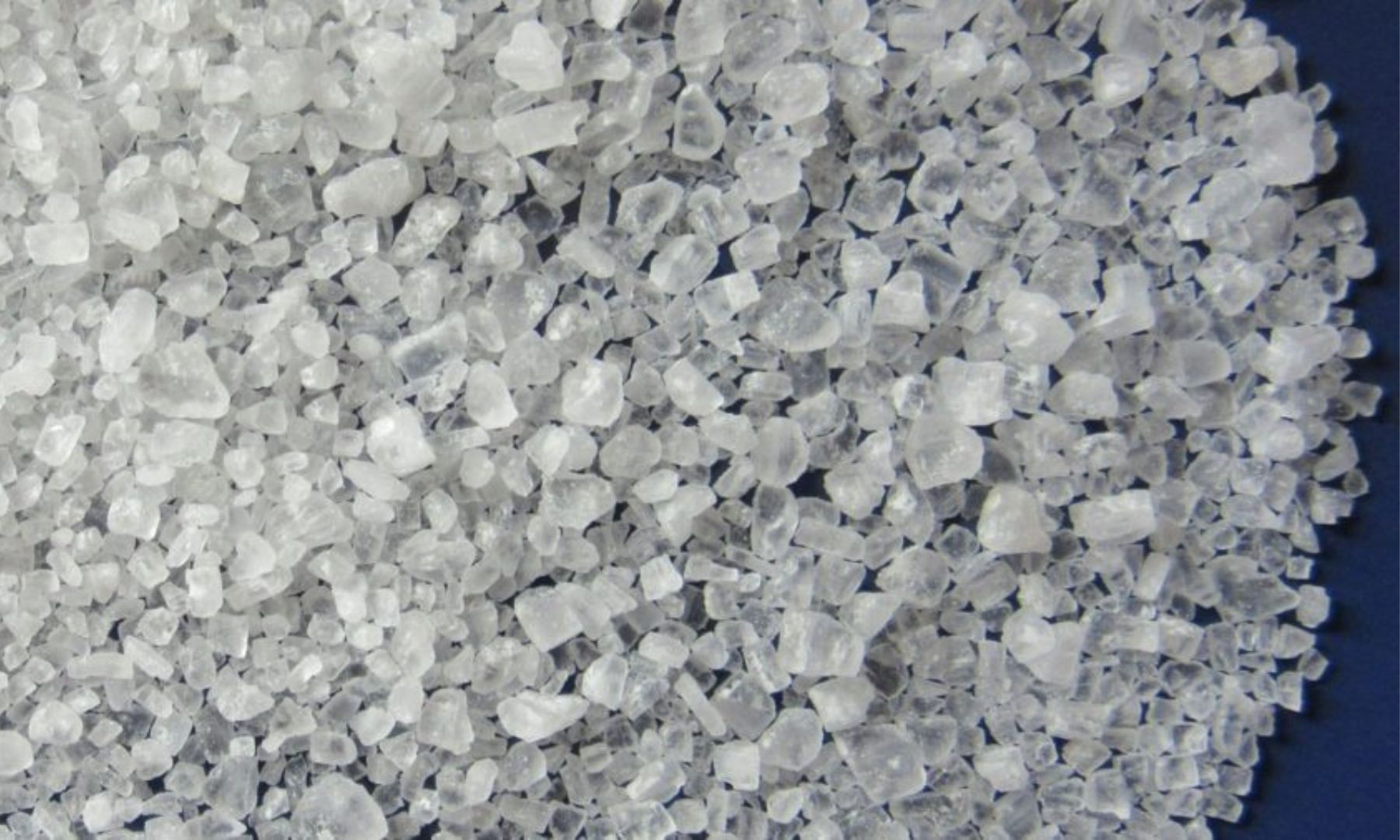
17 Apr. 2023
Comparing Salt-Based and Salt-Free Water Softening Systems
Are you tired of dealing with the effects of hard water in your home? You may be considering a water softener but feel overwhelmed by the choices between salt-based and salt-free systems. Why should you carry bags of salt if there is a salt-free alternative, right? Before making a decision, it’s crucial to understand how these systems work and their benefits and limitations.
- By:Lisa Bauer
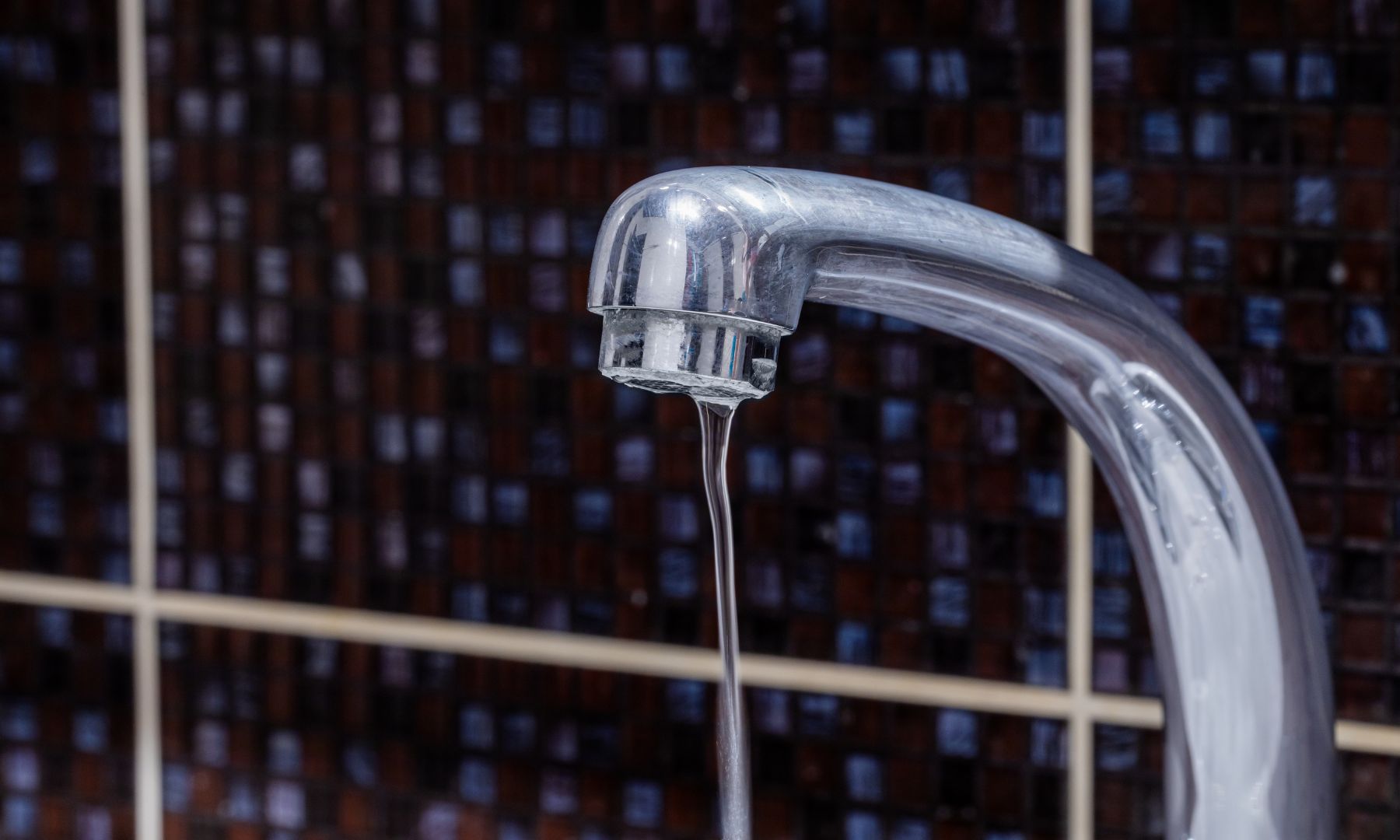
05 Apr. 2023
Solving Low Water Pressure Issues: The Hidden Culprit in Your Water Softener
Low water pressure in your home can be frustrating and inconvenient, impacting everything from showering to washing dishes. If you’ve noticed fluctuating water pressure or a sudden drop in pressure, your water softener might be the culprit. In this blog post, we’ll explore the connection between water pressure and water softeners, as well as provide guidance on troubleshooting and resolving the issue.
- By:Lisa Bauer
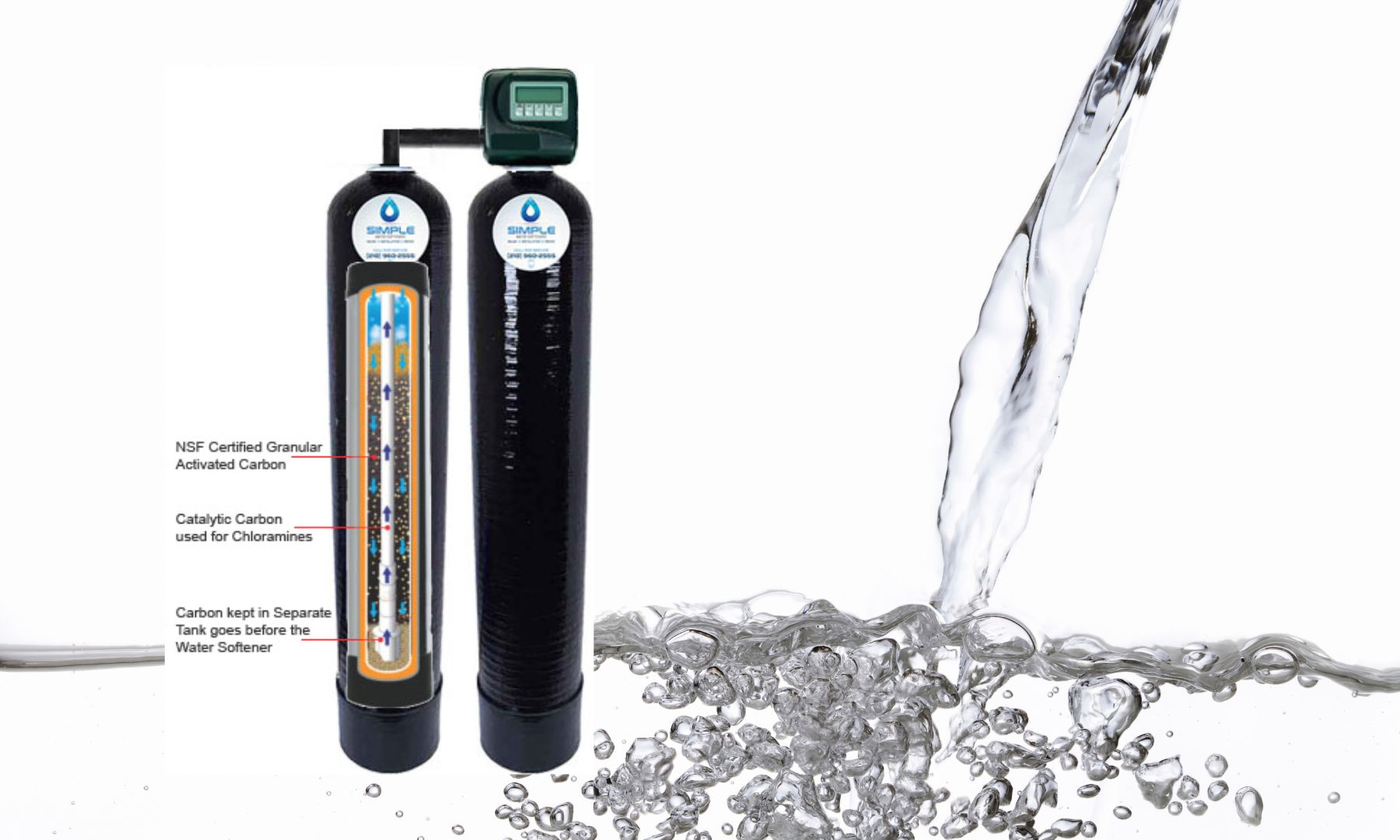
10 Mar. 2023
Why You Need an Activated Carbon Filter for Your Home
Activated carbon filters are a great way to remove contaminants from your drinking water and other water sources. They are becoming increasingly popular due to their ability to remove a wide range of contaminants, including chlorine, organic compounds, and heavy metals. This blog post will discuss the many benefits of using activated carbon filters and what contaminants they can remove from water. Read on to learn more about how these powerful filters can help keep your water clean and safe to drink.
- By:Lisa Bauer
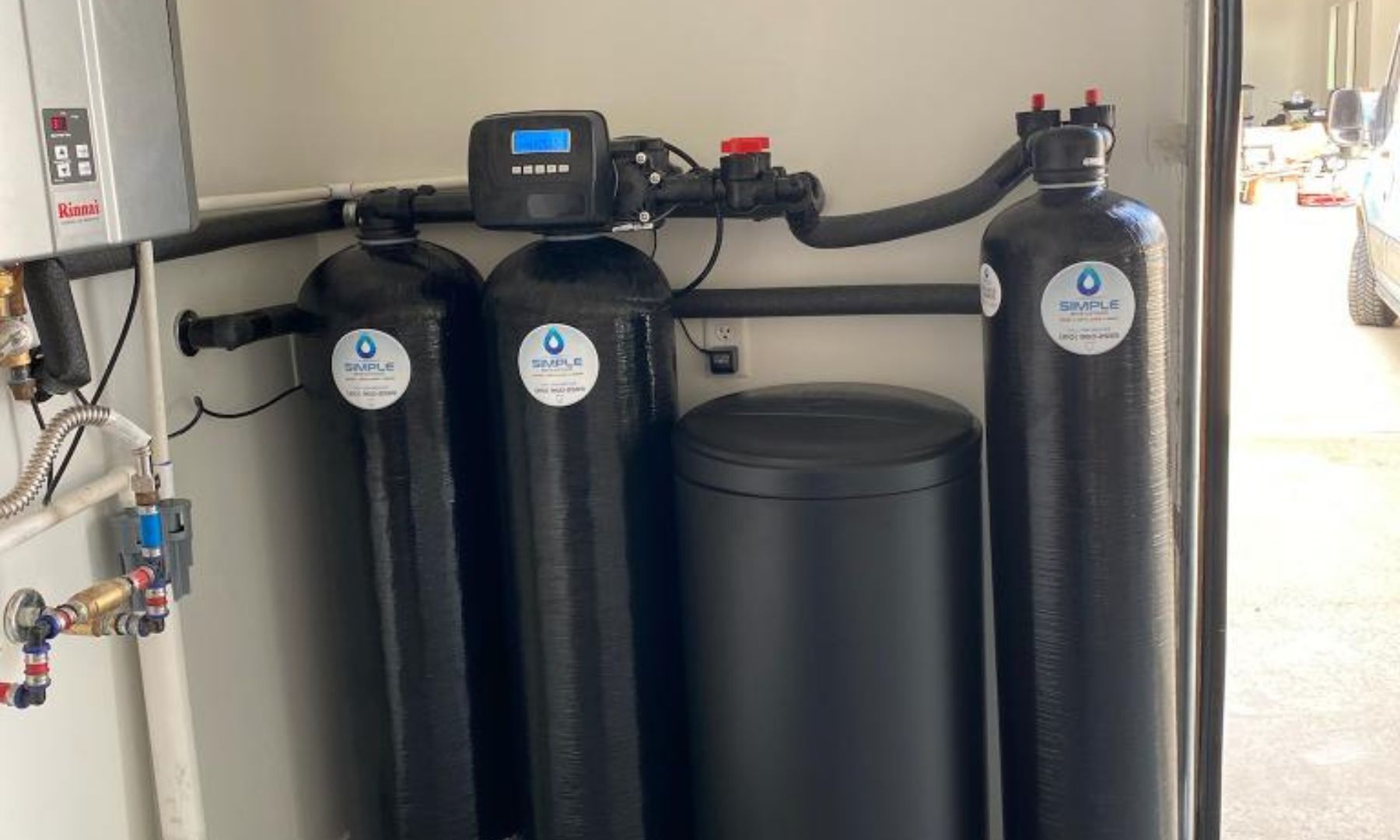
09 Feb. 2023
Chlorine or chloramine in your water in San Antonio, Texas? A Whole House Filtration System may be the solution for you!
Chlorine and chloramine are both disinfectants used in water treatment systems, but they can have negative effects on your health and the environment. Installing a Whole House Filtration System can help reduce or eliminate these contaminants and provide you with clean and safe water. In this blog post, we’ll discuss the benefits of a Whole House Filtration System and how it can help you get rid of chlorine or chloramine in your water in San Antonio, Texas.
- By:Lisa Bauer

14 Sep. 2022
Is Your Pet’s Water Safe?
Your pets know water. Let’s face it, their nose is better than yours. Pets will drink the water from your tap if you give it to them, they need water. But do they like it. Ask yourself, do you like it? Probably not. Just as hard water will not hurt a human, it does not hurt your pet. But just like you, if your pet liked their water, they would drink more water. And we all know the more water we drink, the healthier we are. Not many of us drink enough water. But if you like the water you are drinking, you will find you will drink more. Our fur babies will feel the same way.
- By:Lisa Bauer
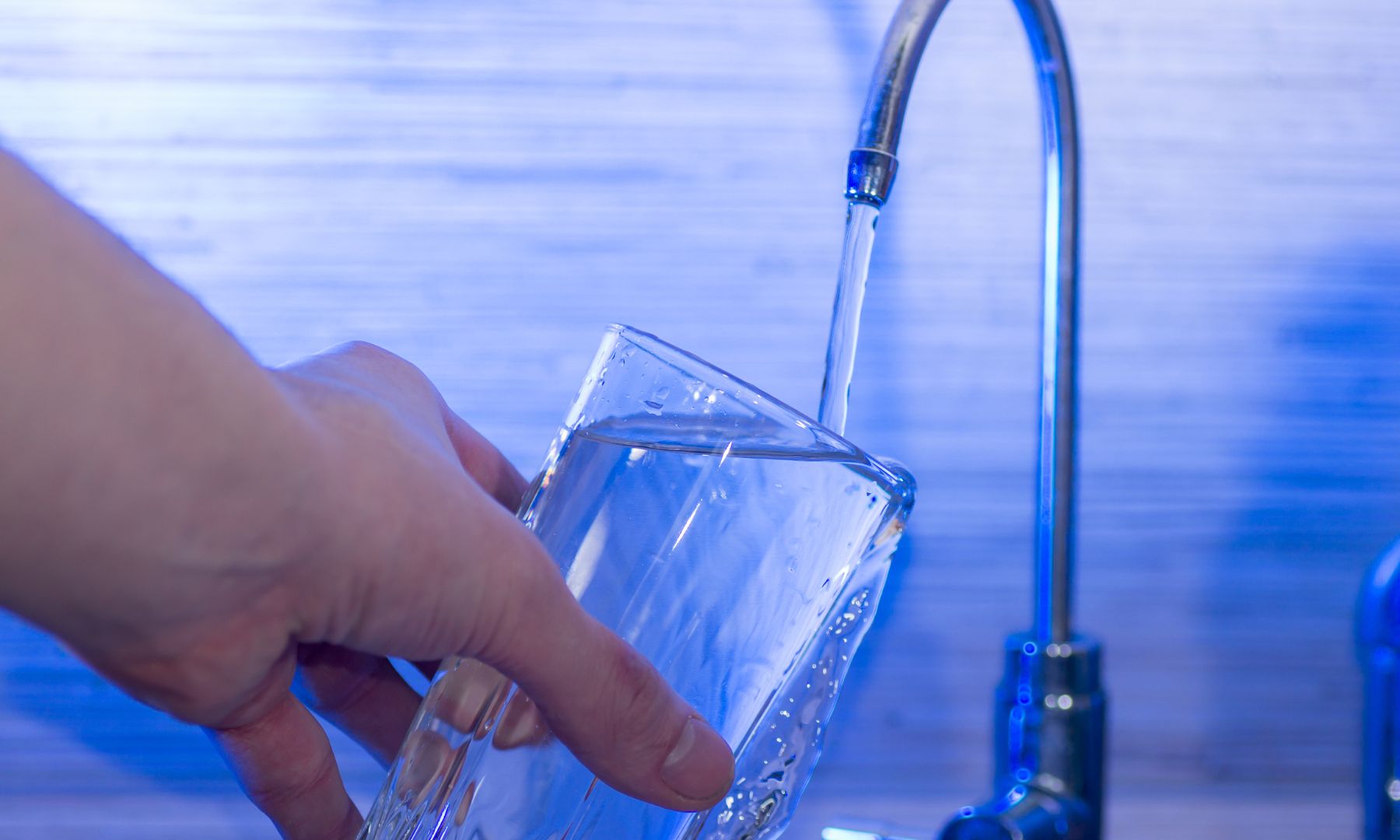
22 Jul. 2022
Water Filtration
Water softener will remove the calcium and magnesium from the water. Make it to where you have soft water coming into the house. To remove the hardness prior to coming into the house it will have to be a salt based system.
